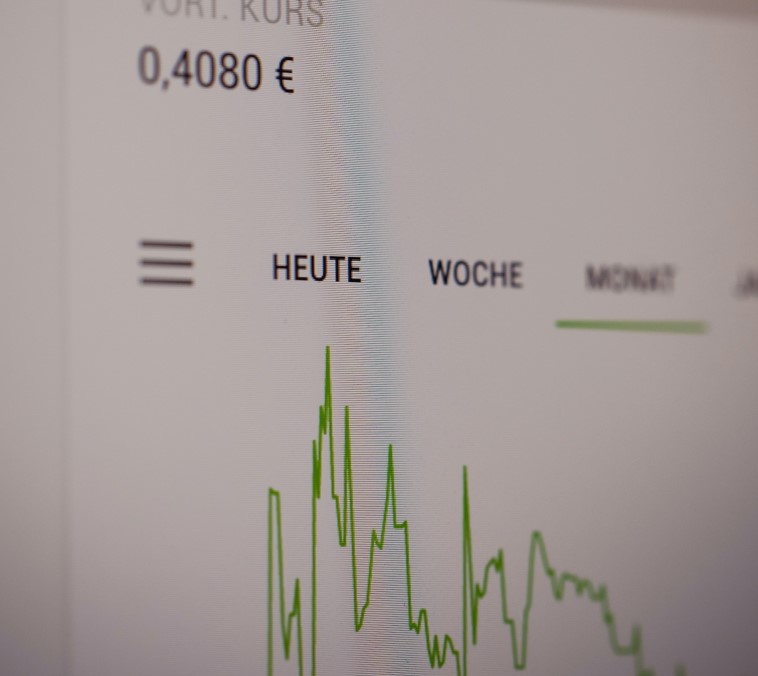In the complex world of finance and economics, the term “spread” is one of the most important and frequently discussed concepts.
Although it may sound like a technical term, understanding it is crucial for anyone who wants to gain insight into the performance of the global economy and financial markets.
Table of Contents
What is the spread?
The term “spread” refers to the difference between two interest rates or financial yields. It is usually used to measure the risk or premium required to invest in a particular financial instrument, such as bonds, loans, or other securities.
In essence, the spread represents the margin between the return on an investment and a benchmark, such as the yield on a safe government bond.
Calculating the spread is relatively simple. For example, if the yield on a corporate bond is 5 percent and the yield on a treasury bond with the same term is 2 percent, the spread between the two is 3 percent.
This means that investors require a 3% premium to invest in the corporate bond over the Treasury bond because the corporate bond is considered riskier.
What influences the spread
The spread is influenced by a number of factors, the main drivers of which include:
- Debtor risk: the risk that the issuer of a bond will be unable to honor interest payments or principal repayment is a crucial factor. Bonds issued by entities considered riskier will have wider spreads;
- Market conditions: market conditions, such as the supply and demand for certain financial instruments, can affect the spread. In times of uncertainty, investors may demand wider spreads as compensation for additional risk;
- Economic policies: economic policies, including interest rates set by central banks, can affect yields and, consequently, spreads. Changes in monetary policies can have a significant impact on interest rates and bond yields.
Use of spreads in financial analysis
In addition to influencing the broader economy, the spread is a valuable tool for investors and financial analysts. Here are some of its main applications:
- Risk assessment: investors use the spread to assess the risk associated with an investment. A wider spread indicates a potentially riskier investment, while a narrower spread suggests a lower risk;
- Investment comparison: the spread allows investors to compare different financial instruments or bonds issued by different issuers. This helps make informed investment decisions;
- Economic forecasting: trends in the spread can be used to make economic forecasts. A rise in the spread may indicate impending economic difficulties, while a narrowing may suggest greater confidence in economic stability;
- Evaluating arbitrage opportunities: financial traders often look for arbitrage opportunities by exploiting movements in the spread. For example, they may seek to exploit temporary differences in interest rates to take profits.
How the spread influences the global economy
The spread has played a significant role in many financial crises. For example, during the 2008 global financial crisis, spreads between bonds widened significantly, indicating growing concerns about the losses and risk associated with these bonds.
In addition, sovereign crises, such as those involving Eurozone countries, have often seen the wide use of the term “spread” when discussing the difference between the yields of government bonds of countries such as Greece, Italy, and Germany.
So, the concept of spreads is not limited to a single nation or currency. Spreads can have global implications, as a country’s economic conditions can affect international financial flows and investment. Changes in a country’s government bond yields can affect the flow of foreign capital and the value of its currency.
In summary, the spread is a key measure in finance and is crucial to understanding how the global economy works. Its ability to reflect risk and economic dynamics makes it a key tool for investors, financial analysts, and observers of the economy.
Monitoring the spread and understanding its implications is essential to successfully navigating financial markets and interpreting global economic developments.
Read also: The major financial capitals in the world in 2023












